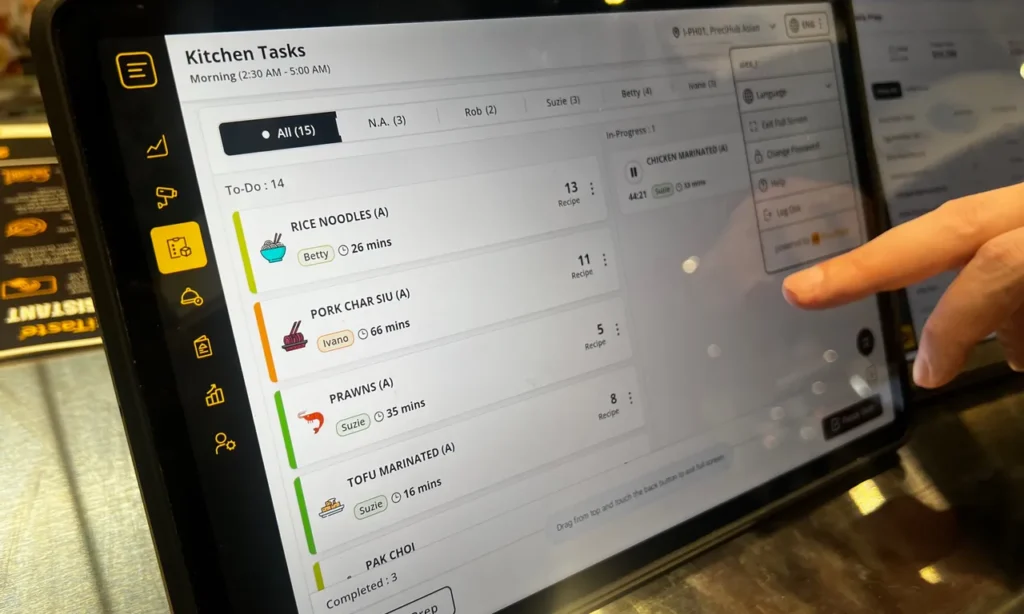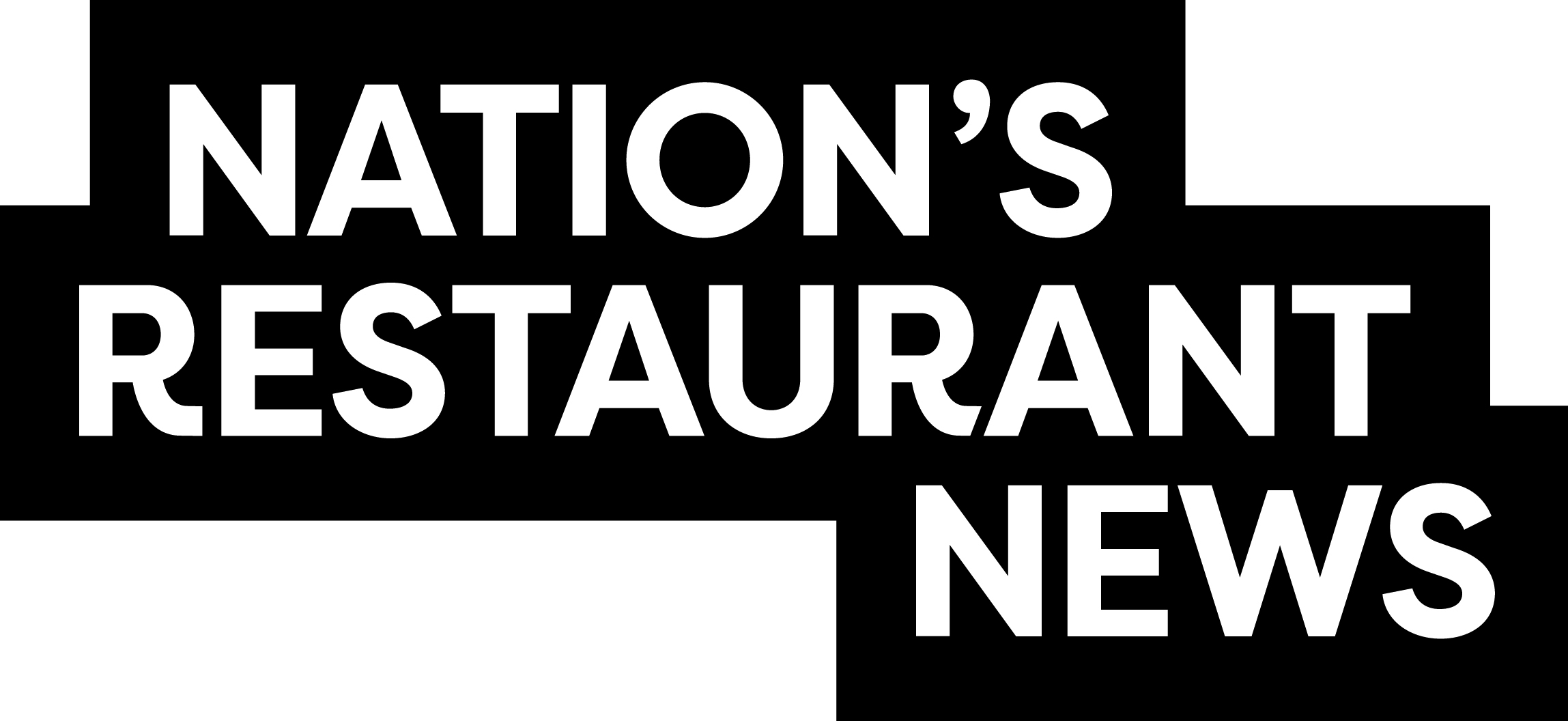4 emerging AI solutions spotted at the National Restaurant Association Show
From vision AI to smart surveillance, these newer technologies are reshaping restaurant operations
22 May 2025
Share this exclusive content from Saladplate

PreciTaste is one example of vision AI seen on the Restaurant Show floor. | Photo Credit: Joanna Fantozzi
Artificial intelligence has rapidly evolved from an industry curiosity to a powerhouse driving the latest tech breakthroughs in foodservice.
Tech companies are no longer introducing AI as a futuristic novelty, but as a problem-solver for today’s restaurant operations by providing real-time analytics and labor assistance.
Beyond the already well-documented voice assistants and kitchen chatbots, NRN spotted several innovative AI applications on the National Restaurant Association show floor in Chicago this year that are addressing concrete operational challenges.
Vision AI
Vision AI is one of the fastest growing applications of artificial intelligence. Often associated with food waste and other sustainability initiatives, this technology uses cameras and real-time data analytics to keep an eye on what’s happening in the back-of-house, from ingredient shortages to proper order preparation and food safety compliance.
PreciTaste was one of the companies showcasing Vision AI technology, with the ability to track kitchen operations in real time, and the ability to provide back-of-house employees with guidance on how much of each ingredient to prepare every day.
PreciTaste’s AI technology was also used in the Convotherm Mini Pro oven seen on the Restaurant Show floor, which is able to cook items perfectly using optical AI and reduce human preparation errors.
Video Surveillance
Dtiq was showcasing smart surveillance technology that’s made for use in the drive-thru lane. In retail, Dtiq technology is used to detect and prevent thefts, but in the drive-thru lane it’s being used to capture people who drive into the drive-thru lane but drive off without ordering, as well as to prevent bottlenecks during busy times.
“The camera doesn’t lie,” Michael Marques, director of sales for Dtiq, said. “It tells them exactly who’s where in what part of the drive-thru so they know why someone is driving off and can understand the cause of lost revenue. It gives the crew actionable insights inside the store… on how often someone is driving off, from what certain point in the drive-thru, and is it a particular window and what time it’s happening.”
The point, Marques said, is to identify pain-points in the drive-thru lane using the AI camera technology and fix the issue sooner, by staffing differently.
Real estate insights
Locate AI is a tech-enabled real estate brokerage firm that’s able to use geofencing technology to give insights to operators across multiple industries on where to open their next store location.
“We follow 20 million cellphones and using that data and our proprietary software, we can do a heat map of [potential locations] across the whole country, and if you have 20+ locations, we can give you sales projections for opening in those areas,” Chad Knoth, one of the real estate experts with LocateAI said.
It works by tracking anonymized cell phone data from customers that walk into restaurants and using that information, can figure out a user’s psychographics (age, family status, etc.).
“If I’m a customer coming to your restaurant again and again and everyone around me coming to this restaurant is also married with kids, then we follow those patterns across the country to find locations with similar [psychographic profiles],” Knoth said.
The service itself is free if business owners then use Locate AI as their brokerage firm for opening a location found through the heat map.
Voice topping
Voice topping is a newer voice AI solution that allows restaurant operators to enhance their existing technology by adding voice recognition capabilities on top of their current kiosks, drive-thru systems, and POS terminals.
Code Factory is one of the companies offering this service through supplementary devices that integrate with the hardware already installed in the restaurant. This way, restaurants can add voice AI functions without installing an entirely new system. The technology is currently most compatible with Windows software.
“You don’t need to change everything, you don’t have to get new kiosks, you can just retrofit what you already have,” Ferna Gallego, with Code Factory, said.

Source: Nation’s Restaurant News



